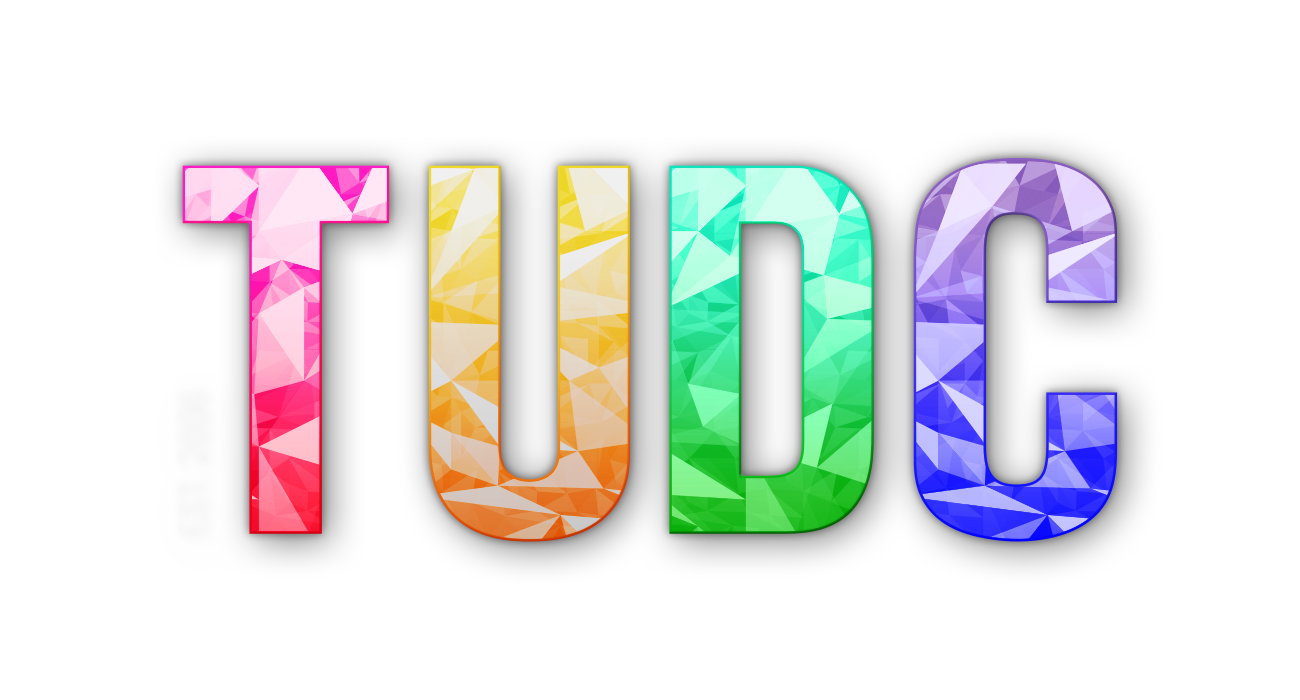GENRE DESCRIPTIONS
JAZZ
Jazz encompasses a large number of derivative styles including...
Commercial Jazz (similar to what you would see in a music video, movies or on television)
Classic jazz (choreography based on the technical elements of the original jazz style)
Cabaret Jazz (the style can be from any era of jazz including disco, etc).
Latin Jazz (a genre of jazz with Latin American rhythms, footwork & stylized arms)
Contemporary/Lyrical Jazz (blends traditional jazz technique with modern influences, emphasizing fluidity, musicality, and emotional expression)
All jazz routines should be focused on showcasing technique, jumps, turns, extensions, flexibility, strength, placement, posture, transitions, floor work, patterning, team work & showmanship.
Take care that choreography, music choice & costuming is age appropriate (especially in the commercial jazz style) & aim to keep things modest. Please keep in mind that stunning choreography and a mature style on a 16 year old will not look as appropriate on a 10 year old!
BROADWAY JAZZ / THEATRE JAZZ
Broadway Jazz is a dance style seen in Broadway musicals. It does not have a focus on acting, lip synching or vocals. The focus is on the theatrical dance style blending traditional jazz technique with storytelling, character development, and dramatic choreography through movement. Broadway Jazz is a dance centred routine that you would likely see in a musical or film.
Choosing a piece of music from a Broadway show or musical film and using choreogrpahy that is not replicative of the Broadway style is not considered Broadway jazz as adjudication is based on the authenticity of the technique. Choreography should remain true to the style & era & be different from jazz (as outlined above).
Once vocals, lip synching or large amounts of props and acting become involved- this would then be a musical theatre routine.
MUSICAL THEATRE
Musical Theatre section guidelines are to recreate a musical number or medley of songs from a musical. This style is a combination of theatrical dance, characterisation and drama. May include lip-synching or live vocals. May use props. Choreography & direction should stay true to the style & storyline of chosen musical.
HIP HOP
Hip Hop routines incorporate street style movement with an emphasis on execution, creativity, and body isolations while maintaining uniformity, control, and rhythm. They must have CLEAN music lyrics and dance moves. Any inappropriate words or moves could result in penalties given.
CONTEMPORARY
Contemporary dance is a style of expressive dance that combines elements of several dance genres including modern, jazz, lyrical, and classical ballet. Contemporary dancers strive to connect the mind and the body through fluid dance movements. Contemporary dance stresses versatility and improvisation, unlike the strict, structured nature of ballet. Contemporary dancers focus on floorwork, using gravity to pull them down to the floor.
LYRICAL
Lyrical routines incorporate ballet, modern, and jazz technique, with an emphasis on movements that are more fluid and graceful in nature. It is, by definition, emphasizing and expressing the lyrics of a piece of music or using choreography that demonstrates connection to the story or ideas in the music. Tumbling is NOT recommended unless it stays with the flow of the routine and remains connected to the routine choreography.
TAP
Tap is a style of dance in which a dancer wearing shoes fitted with heel and toe taps sounds out audible beats by rhythmically striking the floor or any other hard surface. Entrants can perform either slow or fast tap routines. No recorded tapping on the audio track is permitted.
SONG & DANCE
Adjudicator will award 50% of marks to singing section and 50% of marks to dance section. Musical Theatre songs can still be used in this section if piecing together a song with a dance break (not normally done by the character in the musical). Hand held microphones provided. Vocals on backing track will not be allowed.
CLASSICAL BALLET
Classical ballet emphasises fluid, graceful movements and long lines, along with strict adherence to correct form and technique, especially turn-out & posture. A focus on narrative and storytelling is achieved through dramatic visuals and complex choreography.
DEMI-CHARACTER
Demi-Character is a clear portrayal of a character or story by acting ability and expressive dancing using classical technique. Use of props is permitted.
ACRO- DANCE
Acro routines should combine dance technique with acrobatic elements. It should showcase a dancer’s agility, flexibility, and strength while demonstrating proper technique with pointed feet, lengthened lines, and control. However, there are always exceptions when it is a clear stylistic choice, for example, a flexed foot or bent leg. Acro routines should be 60% acro, and 40% dance skills, and must follow the dance ability level requirements, as well as the acro ability level requirements.
